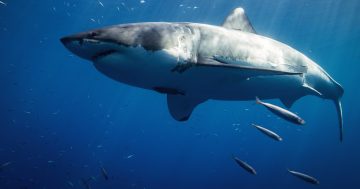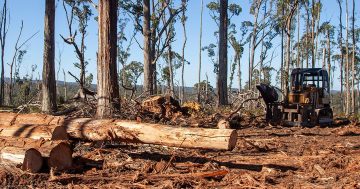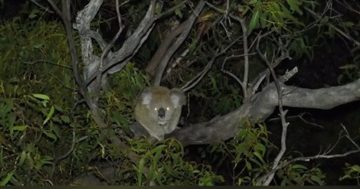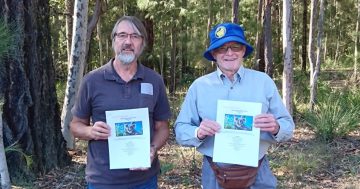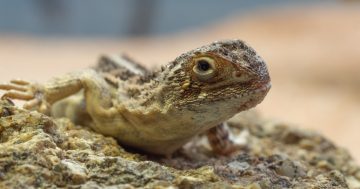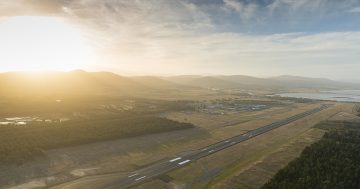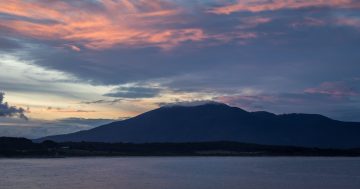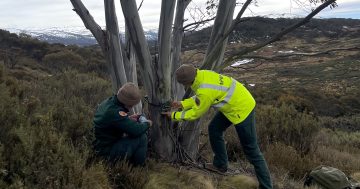 1. This week 10 years ago, Minister for the Environment, Tony Burke announced funding under a National Environmental Research Program to help ensure better protection of koala habitats.
1. This week 10 years ago, Minister for the Environment, Tony Burke announced funding under a National Environmental Research Program to help ensure better protection of koala habitats.
Mr Burke said a new aerial imaging technique would be used to map habitat quality across areas ranging in size from just a few to thousands of hectares across eastern Australia.
“We know koalas are under pressure in Queensland, NSW and the ACT from habitat loss and urban expansion, as well as vehicle strikes, dog attacks, and disease,” Mr Burke said.
“The research has the potential to provide fast information about koala habitat quality, so that priorities can be determined for doing surveys and managing their habitat.”
2. Australia, France and the European Union proposed a system of Marine Protected Areas (MPAs) to cover 1.9 million square kilometres of high seas off East Antarctica.
Director of the Australian Antarctic Division, Dr Tony Fleming said the MPAs would protect those parts of the East Antarctic coast that were vulnerable to disturbance and which played an important ecological role such as providing krill and toothfish nurseries, and marine mammal and penguin foraging areas.
“Three of the seven areas are proposed as scientific reference areas to gauge the future impacts of climate change on the productivity and ecology of the region,” Dr Fleming said.
3. NSW Premier, Barry O’Farrell announced that more than $300 million worth of excess State Government property would be put up for sale, with the money going towards new public housing.
Mr O’Farrell said that among the nine properties under consideration for sale were buildings occupied by the NSW Public Service including several Government office blocks in Western Sydney, Newcastle and Wollongong, and vacant land in Parramatta.
He said the money would be used to provide essential services for a growing population and to support economic growth and investment in the residential construction industry.
“The NSW Government property portfolio is valued at more than $100 billion and we will continue to examine the way it’s managed to ensure the best value for taxpayers,” Mr O’Farrell said.
4. The Commonwealth Government amended its lease on Melbourne’s Avalon airport in a step towards it becoming Victoria’s second international passenger airport.
Victorian Premier, Ted Baillieu said his Government had committed $50 million for the design, planning, land acquisition and preliminary construction works of a rail link to Avalon and $3 million to develop a fuel line to pipe aviation fuel from Shell Geelong.
Minister for Aviation, Gordon Rich-Phillips said Avalon had been at a major competitive disadvantage to Melbourne Airport because it lacked the Commonwealth support required to enable it to attract international airlines.
“The development of Avalon Airport is a priority project for the Government because we see it as a major regional economic development initiative,” Mr Rich-Phillips said.
5. The State Library of Western Australia obtained an eye-witness account of the colony’s establishment when it purchased the diary of Mary Anne Friend at a Christie’s auction of Australian Art in London.
Minister for Culture and the Arts, John Day said the diary — bought for $200,000 — included one of the few eye-witness accounts of the establishment of the Swan River settlements at Fremantle and Perth in early 1830.
“Items such as this are rarely offered for public sale, so we are pleased the diary will be now kept in a public collection and made available for research and display,” Mr Day said.
6. Also in WA a decade ago, Director for Invasive Species at the Department of Agriculture and Food, Viv Read released a report on alignment options for the Esperance Extension of the State Barrier Fence based on local land-use, environmental and heritage considerations.
Mr Read said the alignment identified as the least-constrained option was generally located at the interface of farmland with unallocated Crown land.
He said the 100-year-old State Barrier Fence played an important role in minimising the impact invasive animals had on local agricultural industries.
Chair of the Northern Mallee Declared Species Group, Scott Pickering said the proposed extension was in response to community concern about increasing wild dog activity on sheep enterprises in the area.


